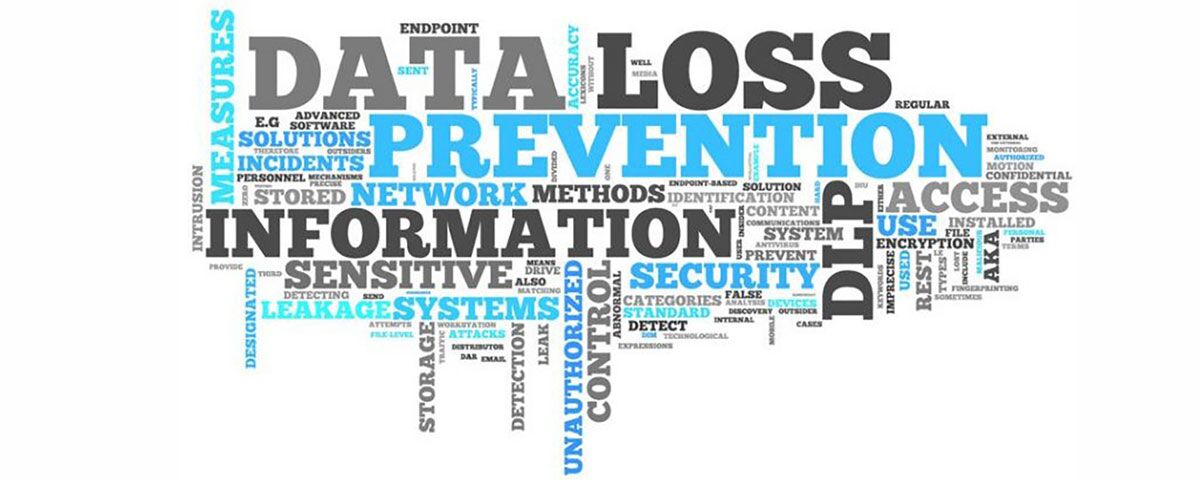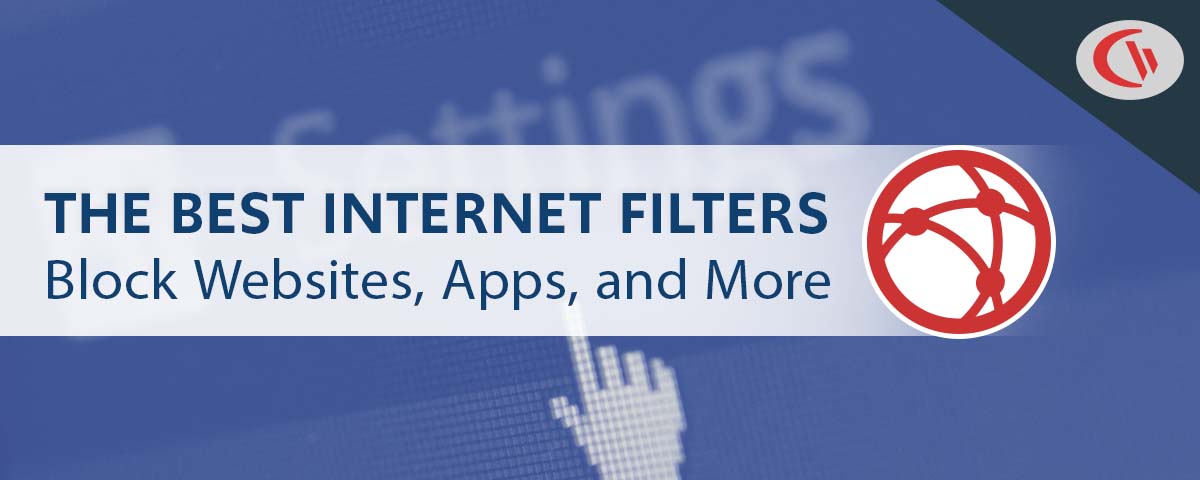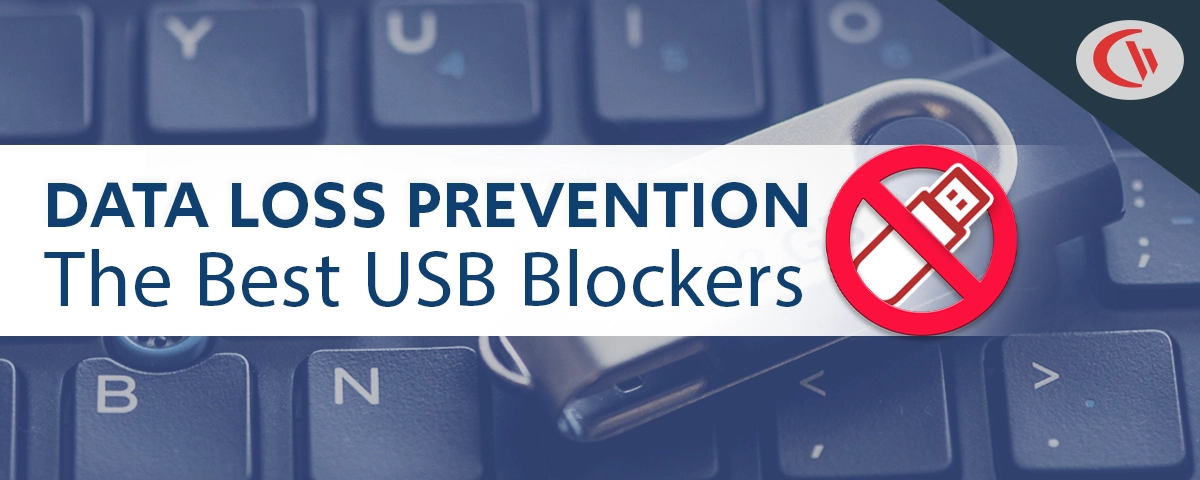What is Data Loss Prevention (DLP) & Why It Matters for Your Business

Table of contents
Data Loss Prevention (DLP) plays a crucial role in protecting information such as personal, financial, and confidential business data from accidental exposure, malicious attacks, or insider threats. As businesses increasingly rely on cloud services and remote workforces, implementing effective DLP is essential to safeguard sensitive data, comply with regulatory requirements, and reduce financial and reputational risks.
What is Data Loss Prevention (DLP)?
Data Loss Prevention (DLP) is the process of identifying and stopping data breaches, exfiltration, or unintentional deletion of private information. DLP is used by organizations to secure and protect their data while adhering to legal requirements. The main goal of data loss prevention solutions is to stop unauthorized data transfers across organizational borders. DLP tools and processes are designed to protect data at rest, data in motion, and data in use.
Improve Data Security With CurrentWare
Protect your sensitive data against illicit transfers to portable storage devices with CurrentWare’s data security solutions.
- Stop Data Theft
Restrict access to cloud storage, apps, removable media devices, and other data egress points - Monitor User Activity
Monitor file transfers, web browsing, app usage, and more for evidence of high-risk activity - Meet Compliance Requirements
Address critical cybersecurity gaps to strengthen your security posture
Why is DLP important?
DLP solutions work by identifying and classifying sensitive data, monitoring its movement across networks, endpoints, and cloud environments, and enforcing security policies to prevent unauthorized sharing or loss. Key benefits include faster incident response, enhanced compliance support, improved data visibility, and mitigation of financial and reputational damages caused by data breaches.
Protect Intellectual Property
All companies own intellectual property in one form or another, whether it’s something as simple as a logo or something more complex, such as trade secrets. Data loss prevention solutions help prevent proprietary data from being stolen.
Data theft is a very real problem that costs businesses an average of $4.24 million annually. But it’s not just customer data that’s vulnerable, your business’s intellectual property (IP) has a hefty price tag attached to it, too.
Insider Threat Mitigation
An insider is anyone who has access to the organization’s internal systems. This includes but is not limited to:
- Current or former employees
- Third-party contractors
- Software vendors with access to your network
- Independent consultants
- Trusted guests who are given access to your network
DLP tools protect sensitive information against unauthorized transfers by these trusted insiders.
Data Security Compliance Requirements
Data loss prevention solutions provide critical security controls that are required for compliance with frameworks such as PCI DSS, HIPAA, PIPEDA, etc. With these tools organizations are able to prevent unauthorized leakage of regulated data.
Common Causes Of Data Loss
Human Error & Social Engineering
Human error remains one of the most frequent and significant causes of data loss across organizations. This category includes a broad range of unintentional actions that can compromise sensitive information.
Common examples include:
- Accidental File Deletion: Employees unintentionally delete important files or folders, sometimes without realizing the consequences until much later, making recovery much harder.
- Overwriting or Modifying Data: Mistakenly saving over documents or improper editing can result in loss of original, critical information.
- Misconfiguration: Incorrectly configuring systems, cloud storage, databases, or security settings can make data vulnerable to loss or unauthorized access.
- Negligence: Mishandling devices, failing to follow backup procedures, or not securely storing devices increases the risk of data loss.
- Physical Mishaps: Spilling liquids on computers, dropping storage devices, or exposing hardware to harmful conditions can lead to irreversible data loss.
Insider Threats
IBM’s 2024 Cost of a Data Breach Report states that compared to other vectors, malicious insider attacks resulted in the highest costs, averaging USD 4.99 million. Insider threats also consist of accidental or negligent threats that inadvertently cause harm to data.
Malware
Malware (malicious software) is any software intentionally designed to infiltrate, damage, steal, or disrupt digital systems without the user’s consent. It comes in many forms, each capable of causing data loss, corruption, or theft.
Malware compromises data integrity and availability in multiple ways:
- File Deletion and Corruption: Some malware deletes, overwrites, or corrupts files, making them unreadable or unusable.
- Encryption for Ransom: Ransomware encrypts files and demands a ransom for decryption, frequently leaving data inaccessible even if payment is made.
- Data Theft and Exfiltration: Spyware and network-based malware steal sensitive information and transmit it to attackers, leading to data breaches.
- Permanent Destruction: Wiper malware and destructive variants can irreversibly erase critical data, making recovery impossible.
- System Inoperability: Some malware can lock or crash systems, leading to operational downtime and potential data losses if unsaved work is lost.
Physical Threats
Physical threats are a major cause of data loss, referring to the loss, damage, or theft of data due to tangible, real-world events or actions. These threats can compromise digital information even if cyber defenses are strong.
Common Types of Physical Threats Leading to Data Loss
- Theft or Loss of Devices: Laptops, portable drives, USB sticks, and even servers can be stolen or misplaced. When physical assets containing data are lost, there is a risk of both permanent data loss and unauthorized access, resulting in data breaches.
- Hardware Damage: Hard drives, SSDs, and other storage media can be damaged by accidental drops, impacts, or improper handling. Over time, hardware can degrade, increasing the risk of spontaneous failure and data inaccessibility.
- Natural Disasters: Floods, fires, earthquakes, hurricanes, and other disasters can destroy servers, desktops, or storage infrastructure, leading to extensive or irrecoverable data loss.
- Environmental Factors: Excessive heat, humidity, dust, or power surges can impact the reliability and longevity of electronic equipment, causing data corruption or complete hardware failure.
- Improper Disposal: Unsecured disposal of old hardware may expose sensitive data if not properly wiped or destroyed, allowing data recovery by unauthorized parties.
The Cost of a Data Breach
IBM’s 2024 Cost of a Data Breach Report states that the global average cost of a data breach increased 10% over the previous year, reaching USD 4.88 million, with 46% of those data breaches involved customer personal data.
Types of DLP
Network DLP
Monitors and protects data in motion across the organization’s network (emails, web traffic, file transfers). Prevents unauthorized sharing or transfer of data as it traverses the network. Examples: blocking sensitive file uploads, analyzing outgoing emails for confidential information.
Endpoint DLP
Secures data in use on endpoint devices such as desktops, laptops, and servers. Controls actions like copying to USB drives, printing, screen captures, or local file moves to prevent leaks or misuse from user workstations.
Cloud DLP
Protects data stored, used, or shared in cloud-based platforms (SaaS applications and cloud storage). Enforces security policies in tools like Office 365, Google Workspace, Salesforce, and cloud storage services. Prevents data leaks via cloud collaboration or unauthorized access from external devices.
Conclusion
Data Loss Prevention (DLP) is a vital security strategy designed to protect sensitive information by identifying, monitoring, and preventing unauthorized access, sharing, or transfer of data across networks, endpoints, and cloud environments. Implementing DLP helps organizations safeguard intellectual property, comply with regulations like GDPR and HIPAA, and mitigate the costly consequences of data breaches. By understanding and classifying data, enforcing access controls, and continuously monitoring data use, a robust DLP program not only enhances security but also builds trust and resilience in today’s increasingly digital and interconnected world.


